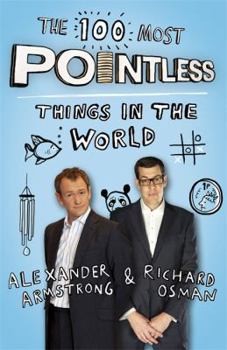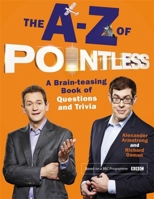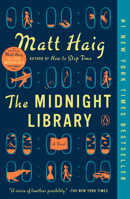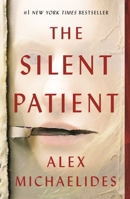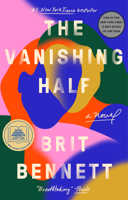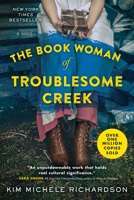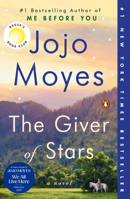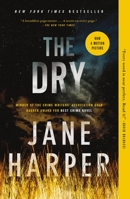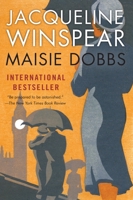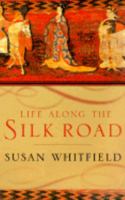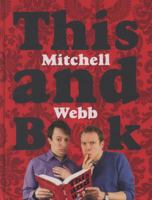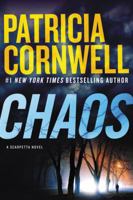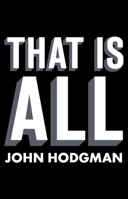The 100 Most Pointless Things in the World
Select Format
Select Condition 
Book Overview
No Synopsis Available.
Format:Paperback
Language:English
ISBN:1416571728
ISBN13:9781416571728
Release Date:September 2010
Publisher:Scribner Book Company
Length:272 Pages
Weight:0.56 lbs.
Dimensions:0.7" x 5.6" x 8.4"
Related Subjects
Baking Cooking Cooking Culinary Arts & Techniques Education & Reference Holiday Cooking ReferenceYou Might Also Enjoy
Customer Reviews
15 customer ratings | 5 reviews
There are currently no reviews. Be the first to review this work.











